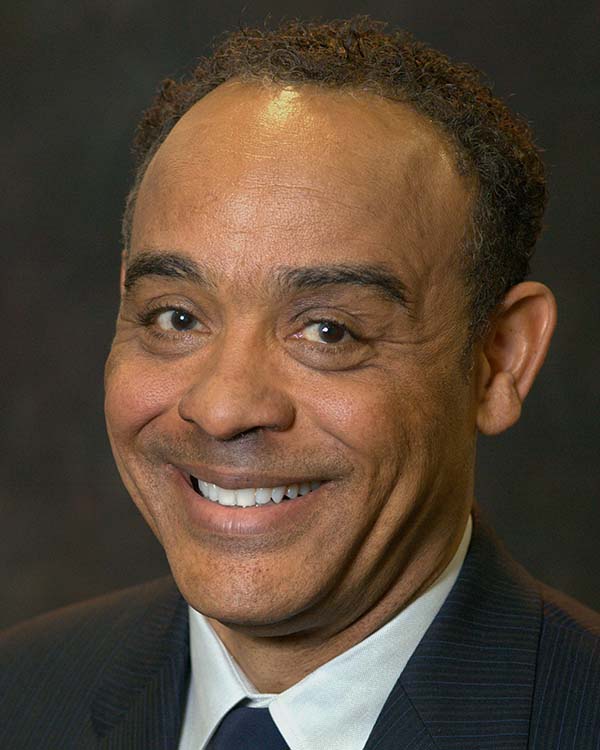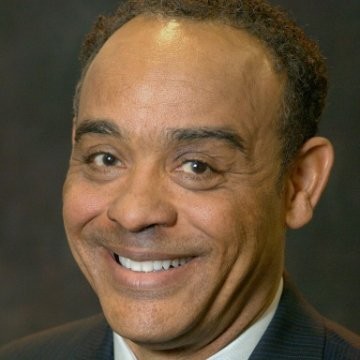By John Grace
Contributing Columnist
Bank of America was ringing the alarm bells over equities on the last day of January, warning a correction is around the corner, according to MarketWatch. In the Flow Show note to bank clients, Michael Harnett, chief investment strategist wrote, “the 3Rs of rates, regulation and redistribution are the historic catalysts that end bull markets and bubbles. … We say all 2021 events, not 2022, … spell lower/volatile coming quarters and years.”
Harry Dent, founder and president of Dent Research, said the pattern that captured his firm’s attention was a 20% market decline in the fourth quarter of 2018 and a 35% drawdown in the first quarter of 2020.
Notice the second loss is greater than the first. That is not a good sign. Dent suggests there could be third test that will prove to be lower than the first two. Imagine the first leg down might be down over 40% in early 2021.
We can all agree that no one can tell the future. But as I am fond of saying, investors don’t need to predict the future to prepare for the good, the bad and the unforeseen. Some pundits not only foresee a first leg down of over 40%, but a second leg down of another 40% this year.
Yes, that means a potential loss of 80%.
The first question investors need to answer is, how much of a loss is OK with you? Please do the math so you can see what’s the deepest hole with which you can live.
Over the past 41 years now we have found that a lot of investors hate losses more than they love gains. If the portfolio hole is off 40%, for example, you need about 66% to get back to even.
When your account is down 50% you need a 100% gain to fully recover. But if your account hole is down 20%, for example, you will be completely whole with a gain of 25%.
The next step is to see how your portfolio can be designed to perform within your customized parameters. In addition, you might learn a great deal by seeing exactly how your portfolio performed in 2008-09, the fourth quarter of 2018, and the first quarter of 2020.
As opposed to so many people who seem to be about the business of repeating history, let’s not be complacent and let’s learn from history. Whenever the storm called whatever it might be at that time, you want to survive and thrive, ready to catch the next wave.
There are ways investors may win by losing less.
As I am fond of saying, investors don’t need to predict the future to prepare for the good, the bad and the unforeseen.
John L. Grace is president of Investor’s Advantage Corp, a Los Angeles-area financial planning firm that has been helping investors manage wealth and prepare for a more prosperous future since 1979. His On the Money column runs monthly in The Wave.











